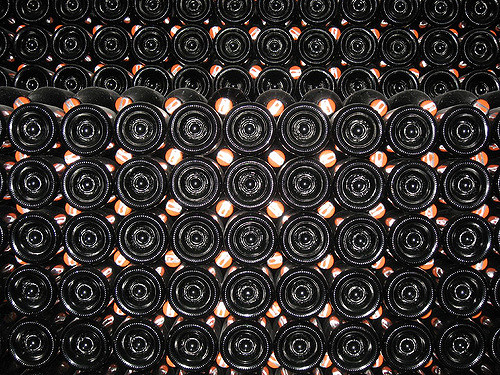Invented in the 17th century in England, the glass bottle of wine is living its last hours of glory. Heavy, fragile and cumbersome, it continues to lose ground against the Bag-in-Box (BiB). The BiB is lightweight, practical and environmentally friendly. While only launched 20 years ago, the BiB already commands a 40% of market share in french supermarkets, and is on course to represent 50% of sales by 2020.
Today, more and more AOC wines and even castle wines are packaged in BiB. For example, Bibovino, a chain of wine stores dedicated to the sale of wines in BiB, successfully sells quality wines.
The bottle certainly makes it possible to age highly esteemed wines, but its carbon footprint is high. Bottled wines must be transported carefully, stored in good conditions (i.e. temperature and humidity controlled), and, once empty, disposed of in a special container so that they are recycled. Furthermore, a wine will likely be corked approximately 2-5% of the time.
Above all, the bottle is poorly adapted to new consumption patterns, especially due to the rise of wine by the glass. In restaurants, bottles are less often ordered: there is a clear trend where customers want to choose their own personal wine and control their level of consumption. At home, one hesitates to open up a bottle to share a drink or two, for fear of waste. The BiB fits well with this new form of fractional and moderate consumption. Hence its spectacular surge in use over the years.
(photo CC BY 2.0 James Temple https://bit.ly/2TrilX8)
